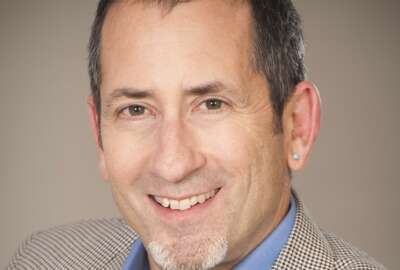You might have had a hunch this is true, but now there’s proof: Senior federal executives do leave in greater numbers than average when a new president with different policies takes over. Not just the politically-appointed – they’re supposed to skedaddle. I’m talking about career employees.
It’s fair to say a lot of policies will change with the arrival of the Donald Trump administration, especially with one party having the White House and both chambers of Congress. Feds won’t head for the doors in droves, but more will leave than you would expect in an average year.
The proof comes from three academics who have published a paper at the National Bureau of Economic Research. Elections, Ideology and Turnover in the U.S. Federal Government is authored by Alexander Bolton of Emory University, John M. de Figueiredo of Duke University and David Lewis of Vanderbilt University. They looked at Office of Personnel Management data spanning 1988 and 2011 and developed departure models to run against it.
They point out something everyone knows but few say out loud, given the Hatch Act and the federal workplace culture. Namely, that feds do have political opinions. In agencies where policies provoke political debate externally, no doubt people working in those agencies carry a range of opinions. A switch in policy can “indirectly shift the utility certain civil servants receive from serving in their jobs,” the profs say.
Lewis of Vanderbilt tells me you will probably see that effect in an agency like the EPA. Its water and air policies under the Barack Obama administration likely will change quite a bit under Trump. If you support the Obama-era policies philosophically — that is, if you believe in them personally — then your job could give you less “utility” under Trump. This can work in the opposite direction, too, and has over the years.
Education, Energy and Labor also could see policy reversals that will send career people to the doors. Those at Customs and Immigration Enforcement might like new Trump policies.
But there’s another factor, which is the personality and disposition of the individual. In a related 2015 paper, de Figueiredo and Lewis characterize what they call policy-oriented bureaucrats in several ways. (Their shorthand term is “zealots.”)
One group is called wait-them-out. These people, “faced with a hostile president who forces distasteful policy on the agency, nonetheless stays because of the possibility of implementing a better policy under a friendlier president in the future.” A second group the authors dub “I can make a difference.” These are moderate zealots (their words) who stick around thinking they can help a new administration’s appointees craft a more moderate policy.
Then you’ve got what the authors call the policy-induced departures, those who quit in protest. They represent a real phenomenon.
How big?
For the Bureau paper, the authors had access to OPM’s Central Personnel Data File and Enterprise Human Resources Integration systems. They house records for 3.5 million employees. Using an elaborate model, they found that senior executive service members leave at a rate 1.6 percent higher in the first year of a new administration. That translates to 100 more SES members leaving than normal. The propensity to leave is even greater when the new administration results in what the authors call an ideological mismatch. It rises by 0.6 percent for the SES. That may not look like much, but it’s statistically significant because the average departure propensity baseline is only 8.0 percent. So a policy reversal pushes the likelihood of someone leaving by 7.5 percent.
Lewis thinks the departure pattern will occur at an exaggerated rate after the upcoming transition because of the high degree of contrast between Obama and Trump.
Create your own user feedback survey
Copyright
© 2024 Federal News Network. All rights reserved. This website is not intended for users located within the European Economic Area.
